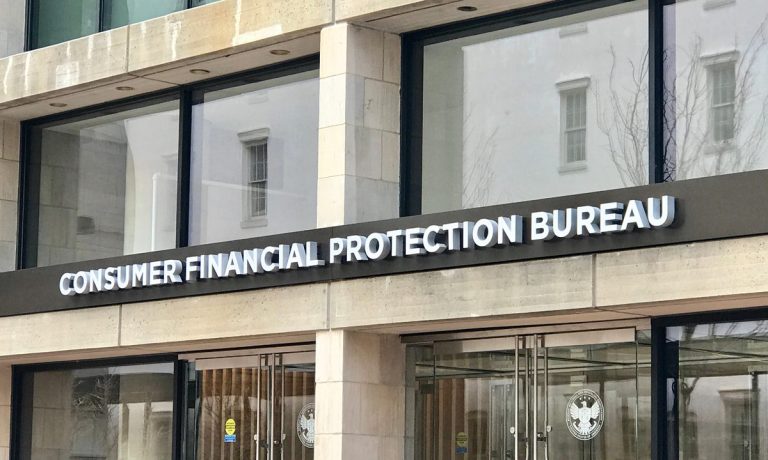
The Consumer Financial Protection Bureau (CFPB) in late February issued procedural rules that may represent a change in the agency’s strategy to pursue enforcement actions and could also allow it to have more time to tackle its ambitious and crowded agenda.
The CFPB filed the new rules amending the Rules of Practice for Adjudication Proceedings in the Federal Register on Feb. 22. While these rules are effective immediately, the bureau is accepting comments until April 4.
According to the CFPB “the amendments will provide the parties with earlier access to relevant information and also foster greater procedural flexibility, which should ultimately contribute to more effective and efficient proceedings.”
But the amendments may offer some other advantages for the agency and its director. For instance, most of the CFPB’s pending enforcement actions were originally filed in federal district court, even though the Dodd-Frank Act permits it to pursue enforcement through administrative actions. However, the updated rules could make it easier for the CFPB to litigate claims without the need to resort to filing actions in federal court.
The new rules establish a clear pathway to use enforcement through administrative action in a similar fashion as the Federal Trade Commission (FTC) does. Given the wide range of priorities listed by the bureau, which includes bank fees, junk fees, credit reporting and buy now, pay later (BNPL), just to name a few, the possibility of relying on a more advantageous forum — an administrative law judge, rather than a federal court — could help the CFPB to cover more cases.
Additionally, the amendments give more powers to the director of the bureau to rule on the merits of the case and not only on procedural issues. Based again on a similar process adopted by the FTC, the new rules establish that, “the Director will either rule on a dispositive motion, refer the motion to the hearing officer, or rule on the motion in part and refer it in part.” The updated rule also extends the deadline for the director to rule on the motion to 44 days following the expiration of the time for filing all responses and replies, up from the current 30 days.
Read more: The CFPB and BNPL: 3 Things to Watch
The bureau uses the same explanation given by the FTC to grant authority to the director of the agency. “The head of the agency has authority and expertise to rule initially on dispositive motions and doing so can improve the quality of decision-making and expedite the proceeding.” The second part of the explanation seeks to justify these changes by arguing they are good for the parties because “an erroneous decision by an administrative law judge on a dispositive motion may lead to unnecessary briefing, hearing, and reversal, resulting in substantial costs and delay to the litigants.”
Rule 204 of the updated rule also gives the director authority to bifurcate proceedings if the director determines that it would promote efficiency in the proceeding or for other good cause. This allows the director, for instance, to conclude the first stage of an investigation issuing a decision finding a violation of law, and then conclude the second stage and issue another decision with potential remedies or damages.
All these changes may empower the director of the CFPB to rule on key issues more quickly than under the previous provision and make it easier for the CFPB to litigate in the administrative process. Nonetheless, even if the agency uses the administrative process more often, any final decision issued by the agency will still be subject to judicial review.